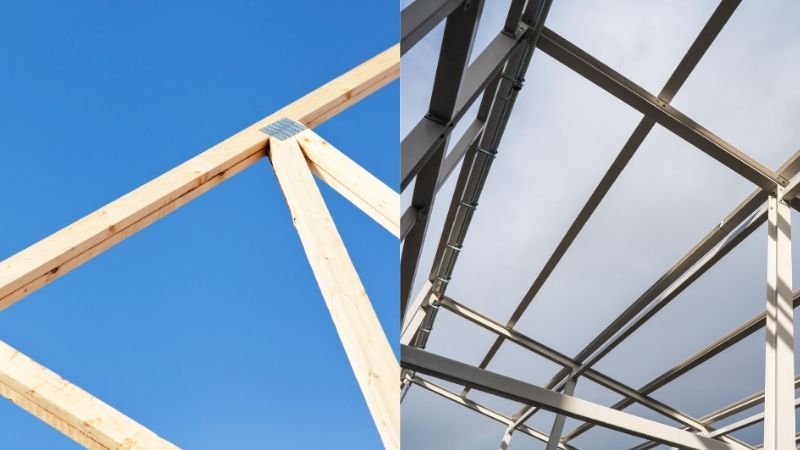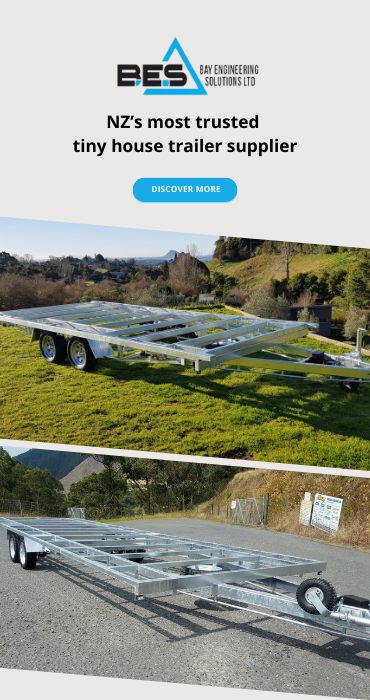Both materials have their own unique benefits, and choosing between the two can be a difficult decision. In this article, we'll take a closer look at the differences between steel and timber framing for tiny homes.
Strength and durability
One of the primary benefits of steel framing is its strength and durability. Steel is known for its ability to withstand extreme weather conditions, such as high winds and heavy snow loads, making it a great option for tiny homes located in areas with harsh weather. Steel framing is also resistant to pests, such as termites, and won't rot or warp over time. On the other hand, timber framing is also a strong and durable option. When properly treated and maintained, timber can last for decades.
Cost
Steel framing can be more expensive than timber framing due to the cost of materials and the specialised equipment required for construction. However, steel framing may require less maintenance over time, which can save you money in the long run. Timber framing can be more affordable upfront, but may require more maintenance over time to prevent rot and other issues.
Eco-friendliness
When it comes to eco-friendliness, timber framing is often considered to be the more sustainable option. Timber is a renewable resource that can be harvested responsibly, and using timber framing can help to reduce carbon emissions by storing carbon in the wood. Steel, on the other hand, requires a significant amount of energy to produce and is not considered a renewable resource.
Design flexibility
Steel framing can offer more design flexibility than timber framing due to its strength and durability. Steel can be used to create unique and innovative designs, and is often used in modern and industrial style tiny homes. Timber framing, while still flexible, may be limited in terms of design options due to its strength and loadbearing capabilities.
Workability
Timber is generally considered easier to work with than steel, as it can be cut and shaped with more traditional woodworking tools. This makes it a more forgiving material, especially for those who are newer to construction. Additionally, timber is a natural material that many builders are more familiar with and have experience working with.
On the other hand, steel is lightweight and easy to handle, which makes it less of a strain on the back when lifting frames into place.
It can also be prefabricated off-site, which can speed up the construction process and reduce on-site labour costs. However, steel requires specialised tools and techniques for cutting and shaping, which can be a challenge for less experienced builders.
Ultimately, the choice between timber and steel framing for a tiny home comes down to preference and the needs of the project. Builders who are comfortable with timber may prefer to stick with what they know, while those who value speed and efficiency may lean towards steel. It's important to weigh the pros and cons of each option carefully before making a decision.


